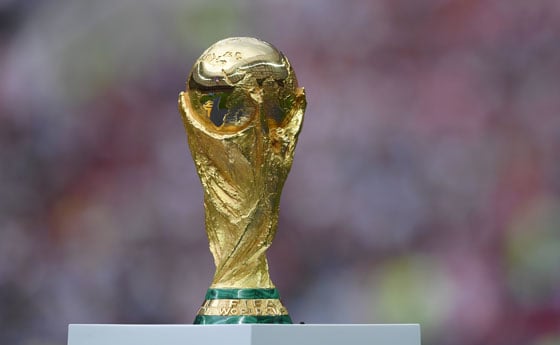In the world of football, trophies symbolize not just victory but also years of hard work, dedication, and passion. Behind every prestigious tournament, from the FIFA World Cup to the UEFA Champions League, lies a story that often goes untold: the art and craftsmanship involved in manufacturing these iconic cups. This article delves into the intricate process of how cup manufacturers create the trophies that define football glory.
The Importance of Trophies in Football
Trophies hold immense significance in the realm of football. They represent the pinnacle of achievement for players and clubs alike. Winning a cup can elevate a team’s status, solidifying its place in history. For fans, these trophies embody their hopes, dreams, and unwavering support for their teams. Understanding the importance of these symbols is crucial when exploring the craft behind their creation.
The Design Process
The journey of crafting a trophy begins with design. Designers collaborate with tournament organizers to create a concept that embodies the spirit of the competition. This involves extensive research into the history of the tournament, its values, and the message it aims to convey. The design phase is crucial, as it sets the tone for the trophy’s aesthetic appeal.
Designers often draw inspiration from various elements, including the culture of the host country, the sport itself, and even historical artifacts. The objective is to create a trophy that is not only visually stunning but also meaningful.
Materials Used in Trophy Manufacturing
Once the design is finalized, the next step involves selecting materials. Trophy manufacturers use a variety of materials to create durable and visually appealing awards. Common materials include:
- Metal: Often the primary material, metals such as sterling silver, gold-plated brass, and stainless steel are popular choices due to their strength and ability to be polished to a high shine.
- Glass and Crystal: These materials are frequently used for their elegance. They can be cut and engraved to create intricate designs, adding a touch of luxury to the trophy.
- Wood: Some trophies incorporate wooden elements, providing a traditional touch. Fine woods like mahogany and walnut can add warmth and richness to the overall design.
The choice of materials reflects the tournament’s prestige and the significance of the achievement.
The Crafting Process
Crafting a trophy is a meticulous process that combines traditional craftsmanship with modern technology. Skilled artisans and manufacturers work together to bring the designs to life.
Molding and Shaping
The first step in the physical creation of the trophy involves molding and shaping the chosen materials. For metal trophies, this often means casting molten metal into molds that reflect the desired shape. For glass or crystal trophies, the material is heated and then shaped using various techniques, including blowing and pressing.
Engraving and Detailing
After the initial shaping, the trophy undergoes a detailed engraving process. This step involves adding the tournament’s name, year, and other relevant details. Skilled engravers use precision tools to ensure that every letter and design element is flawless. This attention to detail is what elevates a trophy from being merely a physical object to a work of art.
Polishing and Finishing Touches
Once the engraving is complete, the trophy is polished to enhance its luster. This step can involve multiple techniques, including buffing and applying protective coatings to ensure the trophy remains in pristine condition. The final touches are crucial, as they ensure the trophy sparkles under the lights when presented to the winning team.
The Role of Trophy Makers in Football Culture
Trophy manufacturers play an essential role in football culture. Their craftsmanship contributes to the rich traditions associated with the sport. When players lift a trophy, they are not just holding a piece of art; they are grasping the culmination of their efforts, the support of their fans, and the legacy of their club.
Building Relationships with Clubs and Associations
Trophy manufacturers often build long-term relationships with football clubs and associations. These partnerships allow manufacturers to understand the unique needs of each tournament, ensuring that the trophies produced reflect the values and culture of the event.
The story of cup manufacturers is one of passion, craftsmanship, and dedication. As fans cheer for their teams and players celebrate their victories, they often overlook the intricate processes involved in creating the trophies that symbolize their achievements. From the design phase to the final polish, each step in the manufacturing process contributes to the rich tapestry of football culture. By recognizing the work of these artisans, we can appreciate the trophies not just as symbols of glory, but as representations of the artistry and tradition that define the beautiful game.
